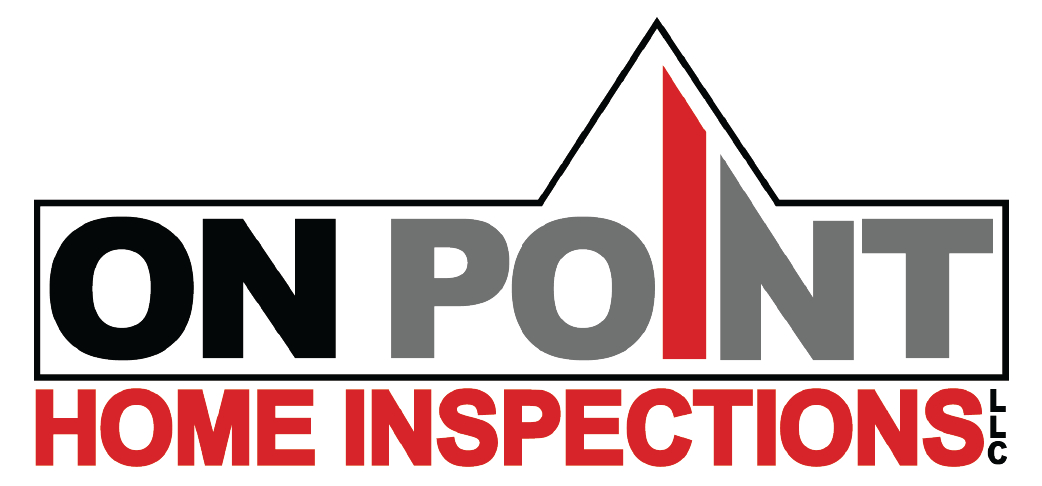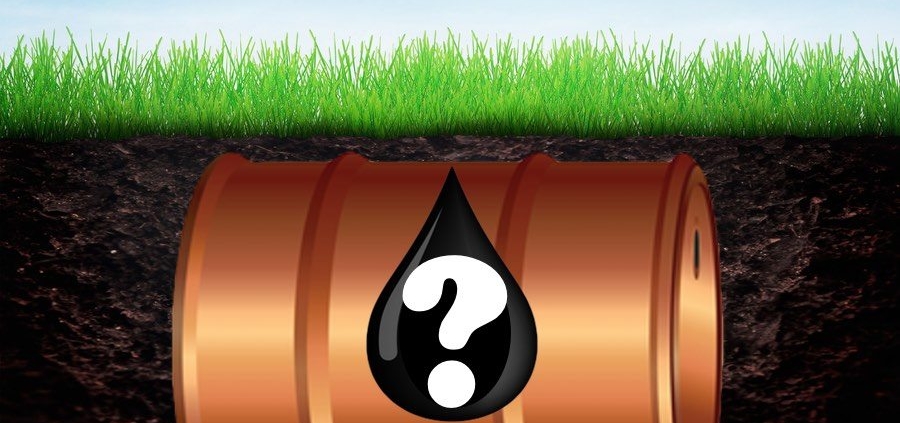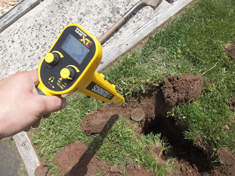The Hidden Danger of Buried Oil Tanks
Buried oil tanks were once common for heating homes. Many older properties still have them underground. But they can pose serious risks to homeowners and buyers.
If an oil tank leaks, it can contaminate soil and groundwater. Cleanup is costly, and real estate transactions can be complicated. Knowing how to detect and remove a buried oil tank is essential.
Why Are Buried Oil Tanks a Problem?
Buried oil tanks can cause environmental hazards and financial burdens. When these tanks deteriorate, they can leak, leading to soil and groundwater contamination. Cleaning up this pollution can be expensive, and in some cases, homeowners are legally responsible for the remediation costs. Even if the tank isn’t leaking, its presence can create complications when selling a home. Many mortgage lenders require a tank inspection before approving a loan, and home insurance companies may refuse coverage for properties with buried oil tanks. Buyers are often wary of purchasing a home with a potential environmental liability, which can delay or derail a sale.
Beyond the financial concerns, environmental risks are significant. A leaking oil tank can spread contaminants far beyond the property line, affecting neighboring yards, local water sources, and underground utility lines. Even if a leak is contained, the presence of an abandoned tank can make it difficult to conduct other home improvements, such as landscaping or foundation repairs. Many municipalities have strict regulations regarding oil tank removal, making it necessary for homeowners to act promptly if they discover one on their property.
How to Tell If You Have a Buried Oil Tank
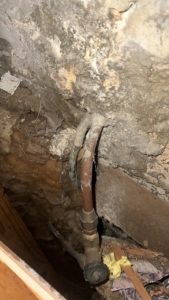 Several signs may indicate the presence of a buried oil tank. Old fill or vent pipes sticking out of the ground, often near the house, are a common indicator. A petroleum odor or stained soil in the yard could signal a leak. If the home previously used oil heat, there may still be an underground tank. Unexplained depressions or sinking areas in the yard might suggest a deteriorating tank underground. Additionally, abandoned oil tank lines passing through a foundation wall can indicate that an underground tank once existed. Homeowners should carefully inspect their property for any of these clues.
Several signs may indicate the presence of a buried oil tank. Old fill or vent pipes sticking out of the ground, often near the house, are a common indicator. A petroleum odor or stained soil in the yard could signal a leak. If the home previously used oil heat, there may still be an underground tank. Unexplained depressions or sinking areas in the yard might suggest a deteriorating tank underground. Additionally, abandoned oil tank lines passing through a foundation wall can indicate that an underground tank once existed. Homeowners should carefully inspect their property for any of these clues.
A historical review of the property may also provide evidence. Reviewing old blueprints, records of heating system installations, or speaking with previous homeowners can provide more insight. In some cases, local governments or environmental agencies may have records of oil tank installations and removals. A thorough property assessment, including visual inspection and record research, can help confirm the presence of a tank before testing begins.
How to Confirm a Buried Oil Tank
If you suspect an underground oil tank, professional testing can confirm its presence. Specialists use metal detectors and ground-penetrating radar (GPR) to locate tanks. If a tank is suspected, soil testing is the next step to determine if contamination exists. A licensed environmental consultant will take soil samples near the suspected tank and analyze them for petroleum traces. If contamination is found, cleanup may be required before selling the property or proceeding with any home renovations.
Soil testing involves collecting samples from various depths and locations around the suspected tank. These samples are analyzed in a lab to measure levels of petroleum hydrocarbons, which indicate the extent of contamination. If high levels of contamination are detected, more aggressive remediation steps may be required. In some cases, property owners must report contamination to environmental authorities and follow state-mandated cleanup procedures.
How to Remove a Buried Oil Tank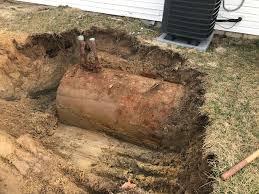
The first step in oil tank removal is hiring a certified environmental contractor. A licensed professional will ensure compliance with local regulations and obtain necessary permits. Before excavation, any remaining oil inside the tank is pumped out to prevent spills. The area is then dug up, and the tank is carefully removed. If contamination is detected, additional soil may need to be excavated and replaced. Post-removal soil testing confirms whether further remediation is required. Once the process is complete, the homeowner receives a closure report, which is essential for future real estate transactions as proof that the tank was safely removed.
Tank removal is not always straight forward. If the tank is located under a driveway, patio, or other structure, additional steps may be needed to safely extract it without causing property damage. In some cases, homeowners may need to excavate large portions of their yard to access the tank, leading to additional landscaping costs. If a leak has spread contaminants into a neighboring property, legal issues may arise, requiring further remediation efforts.
When removing a buried oil tank, it is also important to document each step of the process. Keeping detailed records, including photographs, permits, and soil test results, can protect homeowners from future liabilities. Some states and municipalities offer financial assistance or grants for oil tank removal, helping to offset costs for property owners dealing with unexpected contamination issues.
For a visual guide on oil tank removal, watch this video: How to Remove a Buried Oil Tank.
The Cost of Oil Tank Removal and Remediation
Oil tank removal costs vary depending on location, tank size, and the extent of contamination. On average, homeowners can expect to pay between $2,000 and $5,000 for removal. If soil contamination is detected, cleanup costs can range from $5,000 to $20,000 or more, depending on severity. In extreme cases, contamination can spread to groundwater, requiring extensive remediation efforts that cost tens of thousands of dollars.
Insurance coverage for oil tank removal and remediation depends on the policy. Some homeowners’ insurance policies may cover costs related to contamination, while others exclude oil tanks from coverage. It is essential to check with your insurance provider and consider additional coverage if necessary.
Preventative Measures and Best Practices
If you discover an unused buried oil tank on your property, acting proactively can prevent future problems. Regularly inspecting the area for signs of leaks, maintaining detailed property records, and performing soil tests if concerns arise can help avoid costly remediation. If you are purchasing a home with a history of oil heating, request documentation on past tank removals or inspections before finalizing the sale.
In some cases, homeowners opt to decommission an oil tank rather than remove it. Decommissioning involves cleaning the tank, filling it with an inert material (such as sand or foam), and sealing it to prevent leaks. While this method is sometimes allowed, it may not be acceptable in all jurisdictions. Some buyers and lenders still prefer complete removal to eliminate future risks.
Protect Your Investment
Buried oil tanks pose financial and environmental risks. If you suspect one on your property, act fast. A professional inspection and safe removal can prevent costly problems.
If you are buying a new home or selling your current home, call On Point Home Inspections for a thorough inspection.
Want to learn More about Underground Storage Tanks? Visit https://www.epa.gov/ust/learn-about-underground-storage-tanks#what
